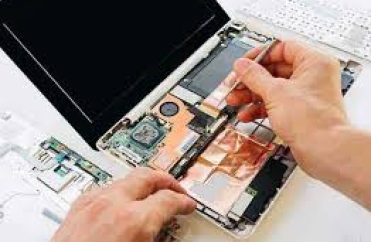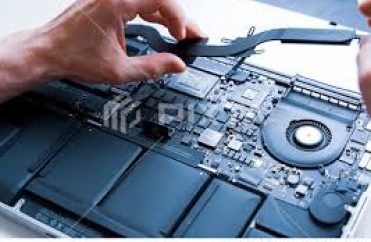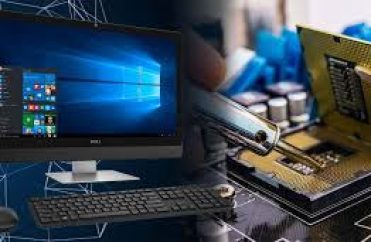
Menu
Computer Repair and Maintenance
Research Results
Download .pdf
Computer Repair and Maintenance




1. Regular Cleaning:
- Physical Cleaning: Dust can accumulate inside your computer, leading to overheating. Use compressed air to blow out dust from fans and vents. Keep the exterior clean with a soft, dry cloth.
- Software Cleaning: Remove unused programs and files. Use tools like Disk Cleanup on Windows or CleanMyMac on macOS to free up space.
2. Software Updates:
- Operating System: Regularly update your OS to fix security vulnerabilities and improve performance.
- Drivers: Ensure all hardware drivers are up-to-date for optimal performance and compatibility.
- Applications: Keep all software, including antivirus programs, updated to avoid vulnerabilities.
3. Security:
- Antivirus: Install and regularly update antivirus software to protect against malware.
- Firewalls: Enable firewalls to monitor and control incoming and outgoing network traffic.
- Backup: Regularly back up important data using external drives or cloud services to prevent data loss.
4. Hardware Maintenance:
- Check Connections: Ensure all cables and components are securely connected.
- Monitor Performance: Use tools to monitor CPU, GPU, and RAM performance. High usage or unusual behavior might indicate hardware issues.
- Test Components: Run diagnostic tests on your hardware to check for issues. Many manufacturers offer diagnostic tools for their components.
5. Troubleshooting Common Issues:
- Slow Performance: Check for excessive background processes, insufficient RAM, or a failing hard drive.
- Overheating: Ensure fans are working properly and that vents are not blocked.
- Boot Issues: Check for error messages, test hardware components, or use recovery tools if your system doesn’t boot.
6. Professional Help:
- If you encounter hardware failures, complex software issues, or data recovery needs, consulting a professional technician might be the best option.
Address
SERVICES
Menu